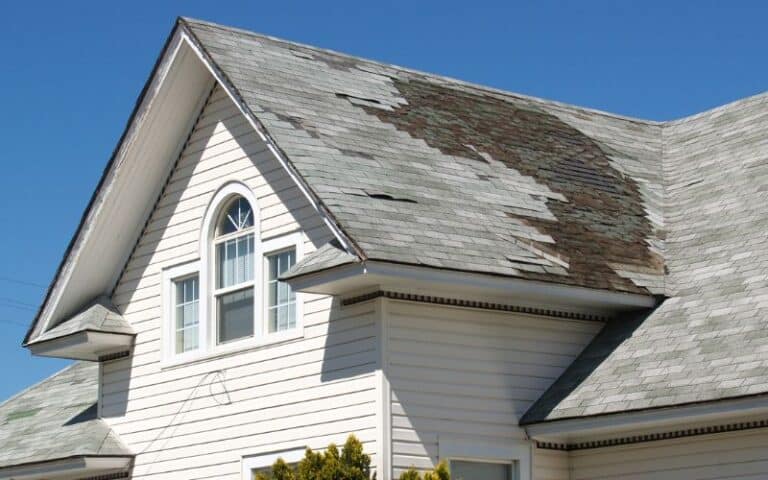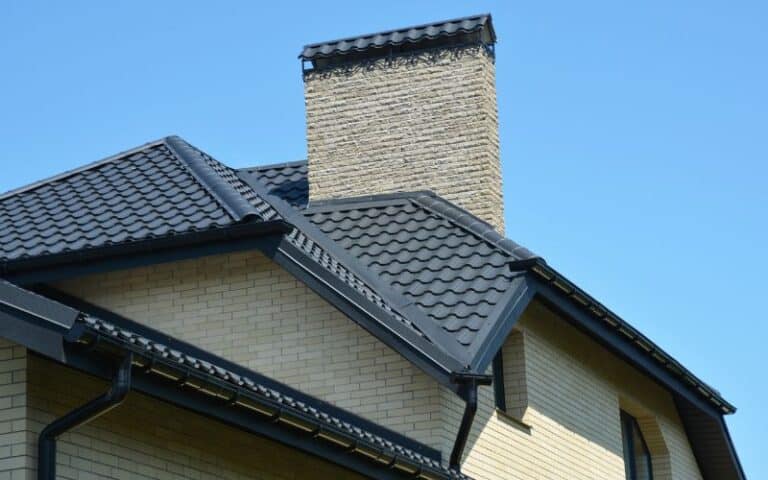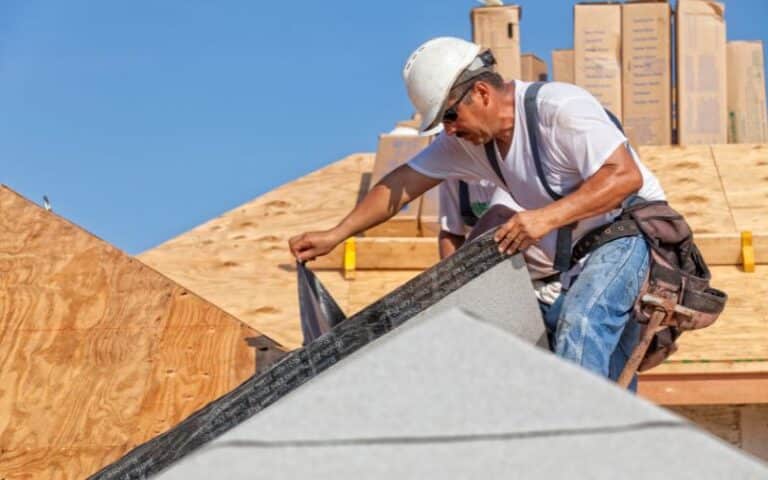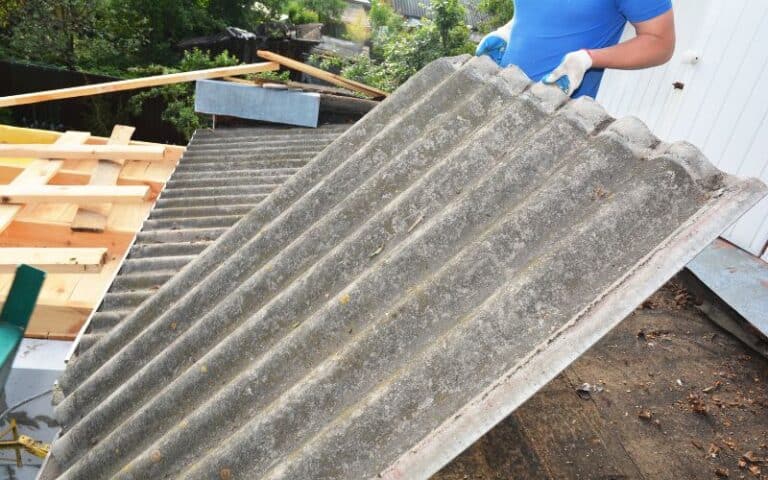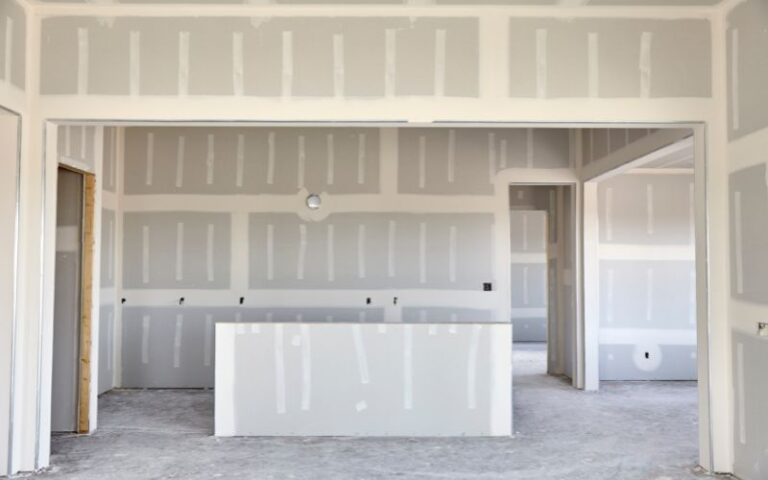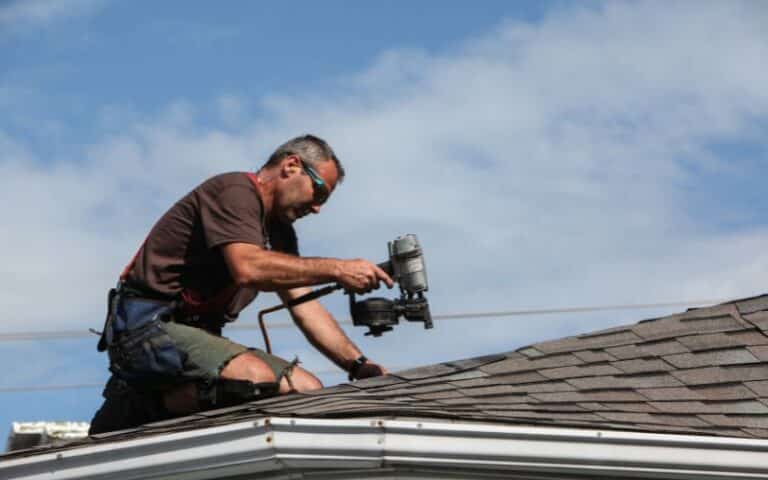Terrace and roof are two different and important terms that have a lot to do with the structure of a building. These two terms can be very confusing since they have been used synonymously.
However, the terrace and roof are entirely different structural terms that should not be interchangeable.
A terrace is a structure that is a flat, fully supported space that is mainly found in buildings or multiple storied buildings. In contrast, a roof is a covering used on any building or other structures that protect the house and its inhabitants. The roof prevents the invasion of birds, rain, snow, sun, and flies.
Ready for a Roofing Quiz?
What Are the Differences Between Terrace and Roof?
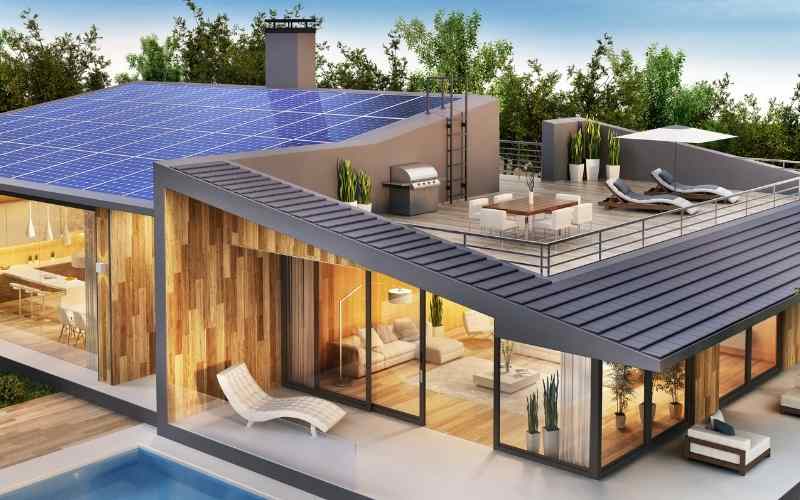
Roof and terrace are two different terms. It is easy to admit that these terms can be confusing, especially when unfamiliar. However, the two terms are not as complicated as you think.
Various vital factors differentiate both terms. Both structures are parts of the components of a building. However, they have different functions and are built with other materials.
Below are some of the characteristics that show the differences between terrace and roof.
#1. Structure
A terrace is an open external structure designed as a landscape or close to a building or even a roof terrace on a flat roof.
Terraces are supported by walls, brackets, pillars, and columns. Often, terraces can be built around a garden.
It is worthy of note that a terrace is also structurally different from a balcony. Both should not be considered as the same structure. A balcony can only accommodate a small group of people at a time, unlike a terrace.
Contrarily, a roof is the top covering of a building. Roofs can be made from a wide variety of materials.
A roof can also be defined as part of the structure that extends above the lintel beam.
#2. Function
The terrace is used for leisure activities and relaxation purposes. It can also serve as a place of entertainment during friends get together and family gatherings.
They create elegance and can be used for decoration. Terraces can be designed with many architectural styles to make them look beautiful, elegant, and appealing.
Terraces also offer many outdoor living space benefits, such as the ability to sunbathe, outdoor meals, pools, and barbecues. Therefore, they serve as a space for recreational activities.
The primary and significant function is to serve as a covering for a house or building. A roof contributes to the safety of the building and its occupants, security, and privacy.
It can also serve as a means of insulation. Roofs can also have windows or other openings to allow air, light, and access into the building.
In some countries such as Africa, a roof can also serve as a shift workstation for women to dry clothes.
#3. Components
Terraces are an extension of the main house, and they comprise lounge chairs and tables. They can contain flower pots that are sometimes used to distinguish between the main house and the terraces.
Most roofs are often plain with no designs because the major purpose is to serve as a cover. However, some roofs have windows (also called skylights) and doors.
Roof windows are made to allow sunlight to enter the building.
#4. Types
There are different variations of a terrace. Therefore, before constructing a terrace, it is essential to pay attention to the choice and landscape designs.
The major types of the terrace are closed, open, and glazed terraces. An open terrace is a good choice for house owners that enjoys relaxing in the open air.
Although it is not advisable to use in cold seasons and nighttimes, it is a good option for comfort. However, the closed terrace looks isolated because it has walls and roofs.
The roof can be an extension of the building’s roof or have a different roof. The glazed terrace enables you to admire the flat area landscape of the environment freely.
There are also different types of roofs. The kind of roof does not only include the aesthetic appearance; it also includes how it affects the overall value of your property.
Before choosing a roof type, you should be familiar with your region, climate, weather, and health. The major types are mansard roofs, flat roofs, gable roofs, and shed roofs.
#5. Construction
A terrace can be constructed from a variety of materials. The materials include stone, brick, tiles, and metal grills. Some terraces are even constructed from wood grills and stone.
You may need to hire a contractor to construct your terrace for you. You can also hire a non-professional or a group of people within your environment if you are less concerned about the elegance and the quality.
Terraces are built parallel to the ground and must be open to the sky. Terraces can sometimes be fully or partially covered with temporary covers such as umbrellas and canopies.
A terrace can also be constructed as a stand-alone structure. This means terraces can be attached or detached from the main building. It is also interesting to note that a terrace is different from a balcony.
Also, the terrace does not need a fence to be properly constructed. However, some areas and buildings may need a barrier to prevent someone from entering the area without permission.
Therefore, terraces are mostly built with multiple points of access. Roofs can be made from leaves, grass, shingles, and concrete.
The roof’s durability will determine how long it will last and the kind of things the roof can protect against.
Depending on their type, roofs are supported mainly by solid beams and pillars.
#6. Location
A terrace is built on a slightly elevated platform or ground. In modern times, there is a variation in how terraces are built.
There are now rooftop terraces located on the roof of the building. This type of terrace is located on flat roofs.
A roof is always located on top of the building. This is because the primary purpose is to serve as a covering for the building.
Conclusion
A terrace is different from a roof. These architectural terms are different, and you should use them differently. Roofs are primarily for the protection of the building.
They serve as cover for the inner part of the building. A terrace is an external structure located near a building or rooftop.

